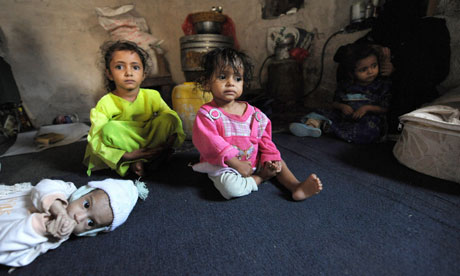By Alexandra Sandacz
Impunity Watch Reporter, Europe
BERLIN, Germany – German politicians and Muslim groups are currently debating whether to prohibit a populist group, Pro Deutschland, from publicly showing an anti-Islam film, The Innocence of Muslims, in November.

This particular film attributed to violent protests in Pakistan to Sudan and has been deemed insulting to the Islamic religion, which has a large presence in Berlin. European officials have grown increasingly concerned in the past decade over the rise of extremism.
However, the German’s government’s potential ban of The Innocence of Muslims has sparked a wide criticism invoking the right of freedom of speech.
Pro Deutschland leader, Manfred Rouhs, states, “The public has a right to see this film and to make up its mind or express an opinion after having seen the film in full.” Additionally, German Social Democrat lawmakers maintain that a ban should be a last resort, and “a purely foreign-policy-related consideration is not enough to warrant limiting basic civil rights.”
Renate Künast, head of Germany’s the Green Party parliamentary group, state, “Freedom of expression is a prized value in German society, we won’t simply throw that away.” She believes instead of a government ban, the people of Germany should simply protest a public viewing.
Conversely, various German government officials refer to the film as an “abuse of free-speak laws.” German Chancellor, Angela Merkel, who favors freedom of expression and the press, said that she fears the anti-Islam movie will generate violence, and her fear is a “good reasons” for issuing a ban. She further states, “It’s not about banning the film itself, but about whether the public screening would endanger public safety.”
German’s Foreign Minister, Guido Westerwelle, expresses his concern as to the image of Germany as a country. He says, “Germany wants to send the signal that ‘we remain a tolerant country.’”
German officials have looked to anti-blasphemy laws, which state that anyone who publicly “insults the content of the religious or ideological views in a manner likely to disturb the public order, will be penalized with up to three years’ imprisonment or fined.”
German Interior Minister, Hans-Peter Friedrich, says, “I want more respect for people’s religious beliefs.” He also believes such a screening would be a “political action” that would only serve to “pour oil on the fire”.
For further information, please see:
USA Today — Anti-Islam film controversy hits Europe, Asia – 20 September 2012
Channel News Asia — Germany wrestles with ban on anti-Islam film screening – 19 September 2012
Spiegel — Germany Mulls Ban on Showing Hate Film – 18 September 2012
The Times of India — Germany mulls ban on screening of anti-Islam film – 17 September 2012




